The CDC is trying to find out how well a $54 million campaign of emotional ads to scare smokers into quitting worked, researchers said.
During the 3 months that the ads aired on TV, radio, and social media, calls to a national quit line more than doubled and hits on the smoking cessation website smokefree.gov tripled, according to Nancy Rigotti, MD, of Massachusetts General Hospital, and Melanie Wakefield, PhD, of the Cancer Council Victoria in Australia.
Whether the boosted short-term response will translate to a lower smoking prevalence remains to be seen, and the CDC is watching closely. It has sponsored an ongoing longitudinal study of 5,000 adult smokers and 2,000 adult nonsmokers who completed online surveys a month before the campaign launched and immediately after it ended.
The stars of the ads were former smokers who were now living with the consequences of smoking — particularly the stoma, which turns voices robotic.
“Emotive personal testimonials and narratives are powerful strategies for reaching and influencing the broad population of smokers,” the researchers wrote. “Emotionally laden stories show the risks of tobacco use in a far more potent way than abstract information can.”
The idea was to “increase smokers’ sense of personal vulnerability to serious disease and increase their sense of urgency for quitting,” they wrote.
In the survey, respondents were asked questions about their awareness of the campaign, as well as their attitudes toward smoking cessation and secondhand smoke exposure.
Nonsmokers also were asked if they had encouraged friends or family members to quit. Survey results are expected by the end of the year, the researchers wrote.
The public health literature is on the CDC’s side, Rigotti and Wakefield wrote, with strong evidence that mass-media education campaigns can have an impact on behavior, particularly when it comes to smoking.
They warned that the campaign’s brief 3-month run will probably limit its effects. CDC said it will run another 3-month campaign in the first quarter of 2013.
Funding for the ad series, titled “Tips From Former Smokers,” came from the Affordable Care Act’s prevention and public health fund. The $54 million pricetag was an “unprecedented” amount spent on tobacco control in the U.S., the researchers said — though they warned that it “pales in comparison to the $27 million spent daily by the tobacco industry to market its products.”
FDA also has gone graphic with its anti-smoking initiatives, including a plan to make warning labels on cigarette packs much more intimidating. The new graphic labels were supposed to appear this month, but implementation was halted due to ongoing litigation with the tobacco industry.








